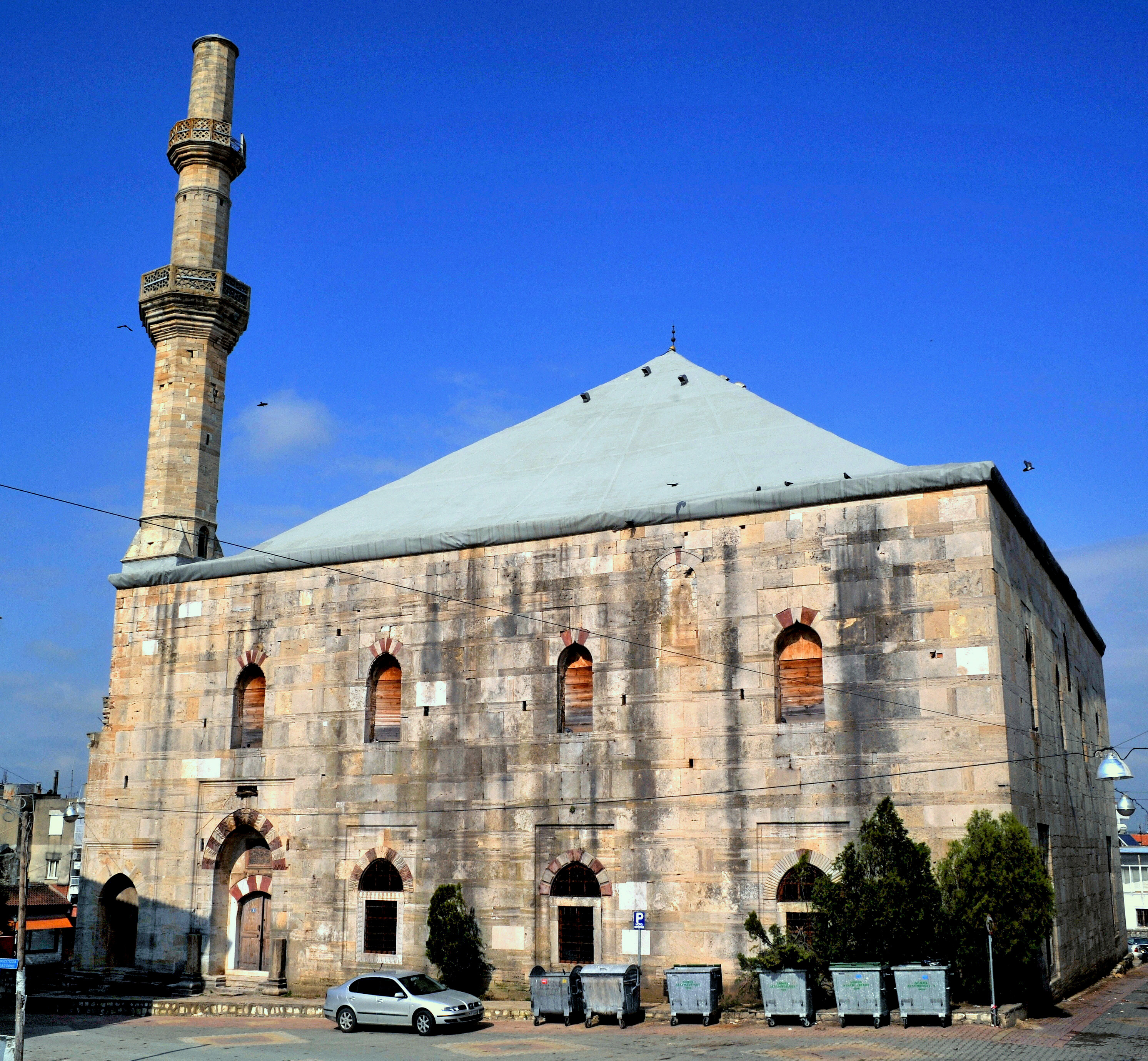|
Didymoteicho
Didymoteicho ( ) is a town located on the eastern edge of the Evros (regional unit), Evros regional unit of Eastern Macedonia and Thrace, in northeastern Greece. It is the seat of the municipality of the same name. The town (pop. 8,681 in 2021) sits on a plain and located south east of Svilengrad, south of Edirne, Turkey and Orestiada, west of Uzunköprü, Turkey, about 20 km north of Soufli and about 90 km north of Alexandroupolis, Alexandroupoli. The municipality of Didymóteicho has a land area of 565.4 km2 and a population of 16,060 inhabitants. Etymology "Didymoteicho" is the modern Greek form of , ''Didymóteichon'', from , ''dídymos'', "twin" and , ''teîchos'', "wall". The name first appears in 591/592, and most resulted from the refortification of the city under Justinian I (see #First Byzantine rule, below). The corrupted short form ''Dimotica'' or ''Demotica'' or variants thereof are attested in Western languages since the late 12th century (early forms ''Timoticon ... [...More Info...] [...Related Items...] OR: [Wikipedia] [Google] [Baidu] |
Metaxades
Metaxades (Greek language, Greek: Μεταξάδες, ) is a large village, municipal unit and a former municipality in the Evros (regional unit), Evros regional unit, East Macedonia and Thrace, Greece. This lowland settlement, situated at an altitude of about 120 meters, is celebrated as the most picturesque in the wider area, and has been officially designated as a traditional settlement for its special architectural features. Location The area of Metaxades, located near the Bulgaria–Greece relations, Greek-Bulgarian border, is 28 kilometers west of Didymoteicho and three kilometers east of the border line with Bulgaria. Municipal unit In addition to being a village, Metaxades also serves as the center of the eponymous municipal unit, which is named after the village due to its size and significance, and is officially designated as the Municipal Unit of Metaxades. It forms the western part of the municipality of Didymoteicho, encompassing half of its total area with a siz ... [...More Info...] [...Related Items...] OR: [Wikipedia] [Google] [Baidu] |
Evros (regional Unit)
Evros () is one of the regional units of Greece. It is part of the modern regions of Greece, region of East Macedonia and Thrace. Its name is derived from the river Maritsa, Evros, which appears to have been a Thracians, Thracian hydronym. Evros is the northernmost regional unit. It borders Turkey to the east, across the river Evros, and it borders Bulgaria to the north and the northwest. Its capital is Alexandroupolis. Together with the regional units Rhodope (regional unit), Rhodope and Xanthi (regional unit), Xanthi, it forms the geographical region of Western Thrace. The population density was 32 per km2 (2021). Geography Evros is one of the largest regional units of Greece. It forms the eastern part of the geographical region Western Thrace, and includes the island Samothrace in the northern Aegean Sea. Its length is about 150 km from north to south (excluding Samothrace). Its width ranges from 70 to 100 km from east to west. The most important rivers are the Marit ... [...More Info...] [...Related Items...] OR: [Wikipedia] [Google] [Baidu] |
Didymoteicho Fortress
The Didymoteicho Fortress or Castle (), is an ancient and medieval hilltop citadel complex in the town of Didymoteicho, Thrace, Greece. It has been an important landmark since ancient times due to the strong fortification surrounding it. The castle is accompanied by several myths, one of the most famous is that of the Forty Arches, and is where Charles XII, King of Sweden, is said to have been imprisoned by the Turks. Location Located on the hilltop, strategically placed, due in-part to its strategic location overlooking both the town of Didymoteicho, the Erythropotamos River and the road to Constantinople, it is one of the most important Byzantine-era castles in Thrace and the Balkans. History According to the 6th-century historian Procopius, the reconstruction of the walls of Didymoteicho took place during the reign of Justinian I. The castle experienced several long sieges, and as a result The walls were subsequently strengthened during the reign of Constantine V in 751. I ... [...More Info...] [...Related Items...] OR: [Wikipedia] [Google] [Baidu] |

